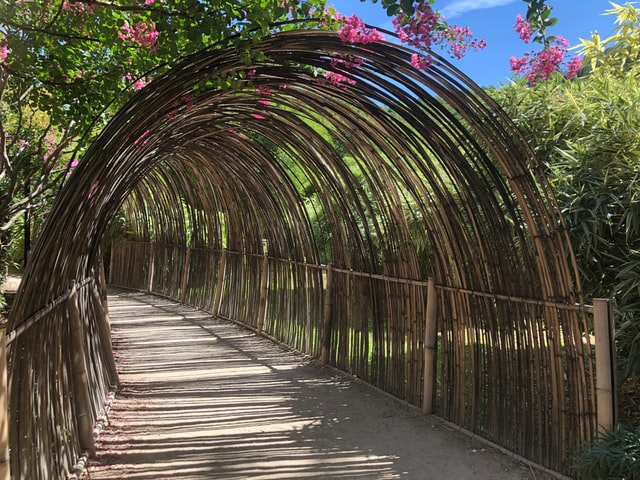Conserving Water
This excerpt has been taken from “Reimagining The California Lawn Water-Conserving Plants, Practices, and Designs” by “Carol Bornstein, David Fross, Bart O’Brien”. Conserving Water includes all the policies, strategies and activities to sustainably manage the natural resource of fresh water. “Tree Removal Berkeley CA” helps you in these techniques of water conservation.
For Practical, aesthetic, emotional, or other reasons, many gardeners desire an area of turf grass in their yard. Some will want to include a lawn within a new landscape, while others have an existing lawn that they would like to renovate or reduce in size – even though the notion of maintaining a lawn may conflict with their desire to save water, time, and money. If you are one of these gardeners, the good news is that this dilemma has straightforward solutions. By implementing a few simple but effective practices, you can manage your turf grass with fewer resources and reduce lawn- care costs as well.

If you are ready to get rid of your lawn, you may want to skip the following pages and go directly to the section titled “Removing Your Lawn”, which describes the different techniques for killing a lawn.
Regardless of the size of your lawn, you can save water by using more efficient and site- specific irrigation techniques. Most landscape professionals contend that over watering of lawns is all too common. Determining how often to water and how much water to apply depends on several factors, including the type of lawn and soil you have, your climate zone, current weather conditions, and mowing height. Follow these tips to use water wisely.
- Walk on the lawn. If your footprint does not bounce back within a few seconds, the lawn needs water. If in doubt, sample the soil with a soil probe to see whether it is dry or moist in the root zone. If you do not own a soil probe, a simple screwdriver will penetrate it easily.
- Water in the early morning rather than during the heat of the day, when the potential for evaporation is high. Nighttime watering eliminates evaporation, but favors pathogens that thrive on moist foliage. Pathogens are especially problematic in wet coastal sites but less so in inland areas where the humidity is much lower. In addition, it is much more difficult to detect broken or misaligned sprinklers after dark.
- Adjust spray heads so that only the lawn receives irrigation. Eliminate overlap onto sidewalks, the driveway, or other adjacent areas.
- Keep the shape of your lawn simple by avoiding awkward angles or curves that are difficult to irrigate.
- Avoid watering when it is windy, but the sure to water in advance of forecast Santa Ana conditions.
- Lawns growing in sandy soils respond best to shorter, more frequent irrigation cycles. For lawns on clay soils, water deeply and less often.
- Water long enough for moisture to penetrate at least 3 to 4 inches deep; 6 to 8 inches is preferable. This will ensure that the roots receive adequate hydration.
- If you are having problems with runoff, program the irrigation system for several short cycle instead of one long cycle.

Time clocks are a mixed blessings. If you are forgetful or away on vacation, they will automatically remember to water for you. However, they need periodic reprogamming to reflect seasonal weather patterns; otherwise they will waste water. Like other electronic devices, time clocks are not foolproof. They can malfunction myriad ways, leading to either under- or over watering. Remember to inspect them periodically to insure that they are working properly. Some automatic irrigation systems now come with “smart” controllers, which are technologically sophisticated water- saving tools. They respond to a constant stream of local weather data, supplied courtesy of satellites. They water according to the information you provide about your particular situation, such as soil type, amount of sunlight, and type of turf.
Continue reading on Watering Bonsai
